Create a faster, smarter, and more connected world
Billions of IoT sensors in retail stores, city streets, warehouse workshops, and hospitals are generating massive amounts of data. Mining insights faster from this data can improve services, simplify operations, and even save lives. But to do this, companies need to make decisions in real time, and this needs to bring their AI computing to the location of the data, that is, the edge of the network。
What is edge computing?
At the edge, IoT and mobile devices collect data through embedded processors. Edge computing applies the power of AI directly to these devices, and processes the acquired data at the data source (rather than in the cloud or data center). Doing so can speed up the AI workflow and provide support for real-time decision making when needed.
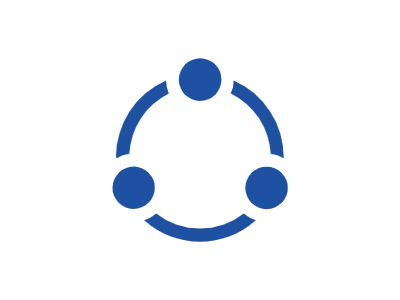
Wider coverage
Edge computing can be performed locally, without the need to connect to the Internet. In this way, the coverage of AI is expanded.

lower the cost
Sending data to the cloud requires sufficient bandwidth and storage, and processing the data locally can reduce this cost.

Security is more guaranteed
Processing sensitive data locally does not require sending it to the cloud, so sensitive data can be better protected.

Lower latency
Edge computing processes data at the point of action, which can reduce or eliminate the data transmission process, thereby accelerating the AI workflow.
Instant insights. Vast potential。
Edge computing is designed for real-time, all-weather solutions. Edge computing is as close as possible to the data source when processing the data, which greatly reduces latency and provides organizations with practical insights in real time. These insights help to immediately respond to customer needs, provide surgeons with critical information during surgery, enable warehouses to operate efficiently and safely, and promote innovation in the field of autonomous driving.
- telecommunications
- Medical and health industry
- Smart City
- manufacturing
- Retail
The convergence of 5G, Internet of Things (IoT), and edge computing is dramatically improving network performance and extending telecommunications services to t...
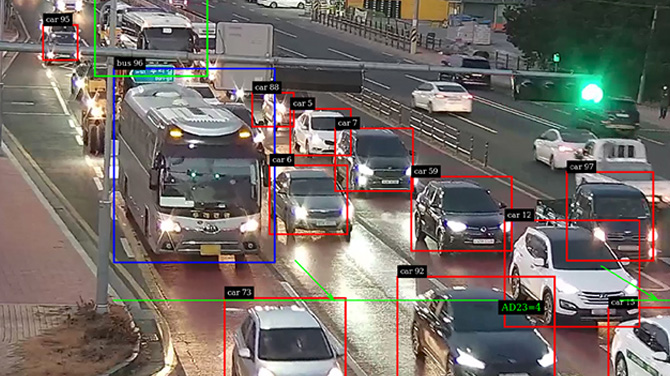
AI can make our hospitals and healthcare services smarter and safer to provide better patient care services. Through edge computing, AI can be directly effectiv...
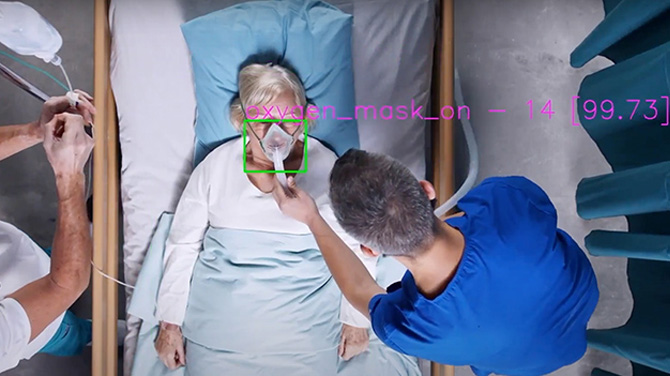
In Liverpool, Australia, the number of daily commuters is expected to surge, which means that infrastructure is facing new challenges. Learn how the city uses r...
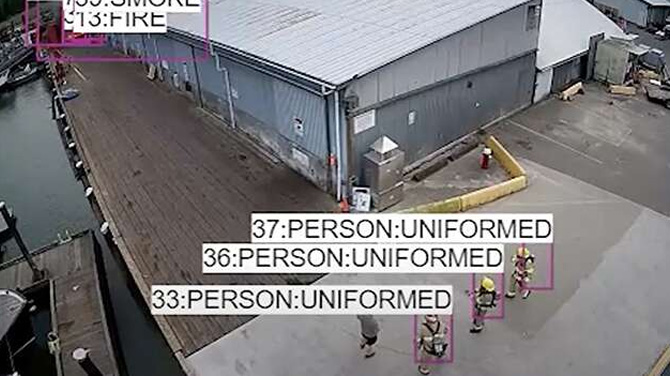
Edge AI is helping manufacturers realize their plans to build the factory of the future. Learn how the BMW Group relies on edge AI to monitor the assembly line ...
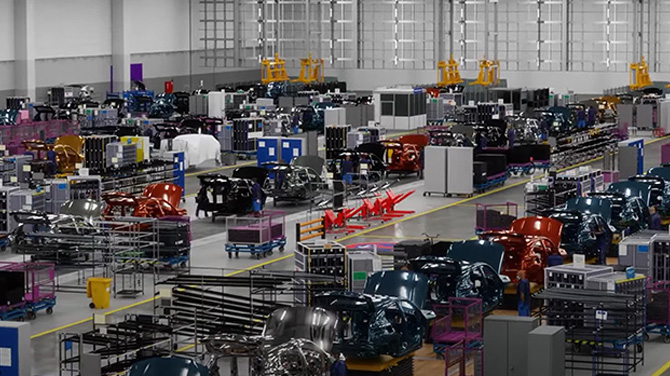
Smart stores are the future development direction of the retail industry. Learn how a retail leader like Walmart uses edge AI to optimize in-store analysis, war...
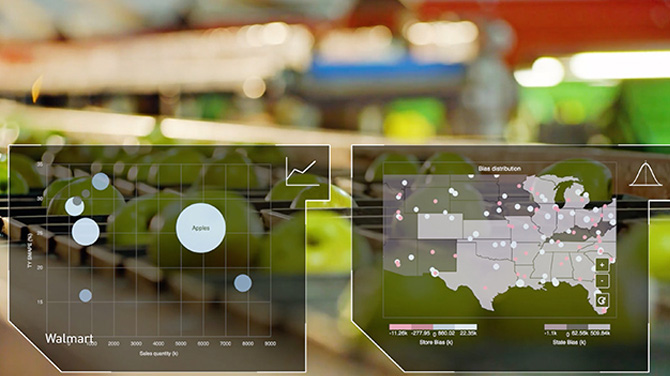
Edge at your fingertips
Edge computing is designed for real-time, all-weather solutions. Edge computing is as close as possible to the data source when processing the data, which greatly reduces latency and provides organizations with practical insights in real time. These insights help to immediately respond to customer needs, provide surgeons with critical information during surgery, make warehouses operate efficiently and safely, and promote innovation in the field of autonomous driving, etc.。
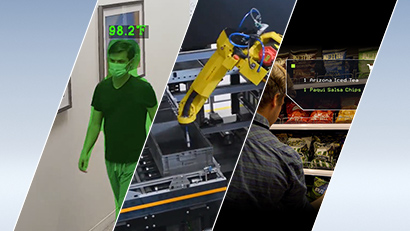
Connect via 5G
NVIDIA AI-on-5G is a unified platform that can bring the development of AI and 5G to the edge and accelerate the digital transformation of enterprises in variou...

Certified AI applications
The NGC™ catalog is a GPU optimized software center that simplifies and accelerates end-to-end workflows. With enterprise-grade containers, pre-trained AI model...
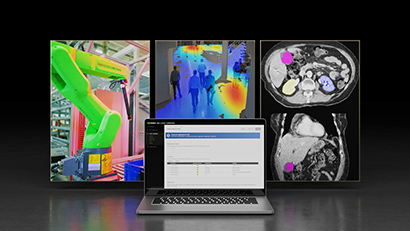
Take control of your edge device fleet
NVIDIA Fleet Command™ is a one-stop solution for AI lifecycle management. This platform makes it less complicated to build and maintain edge software platforms ...

Optimized AI system
The NVIDIA Certification System™ creates a basic platform for edge computing to provide optimized solutions for the deployment of AI applications. These systems...
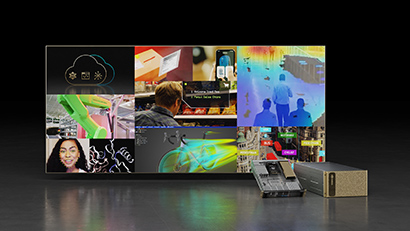
Instant access to AI
NVIDIA LaunchPad quickly tracks the evolution of edge AI. AI LaunchPad allows organizations to gain immediate short-term access to NVIDIA AI running accelerated...

End-to-end AI platform
The NVIDIA EGX™ platform fulfills its promise in the field of edge computing, providing powerful distributed computing, secure remote management, and compatibil...
